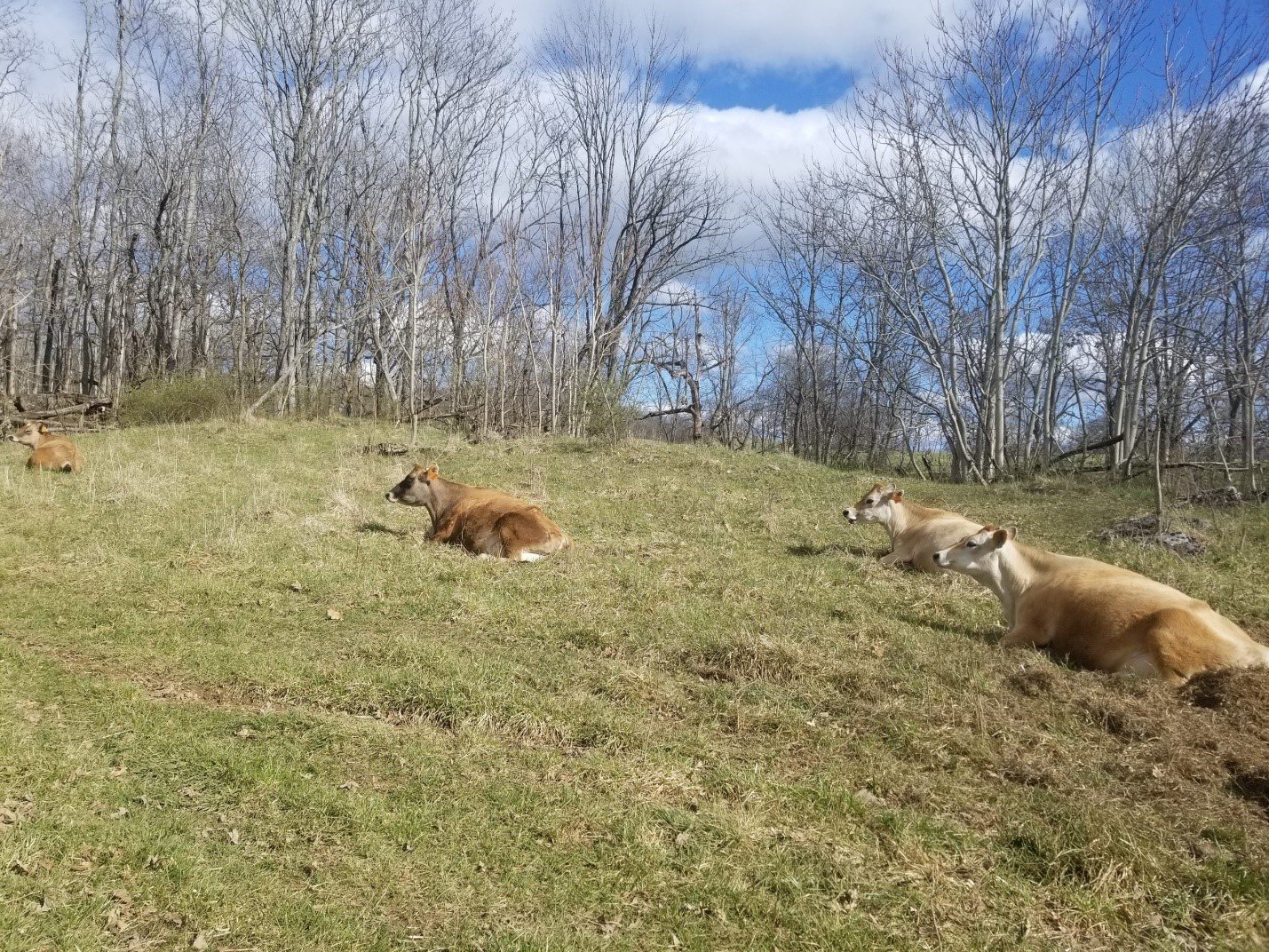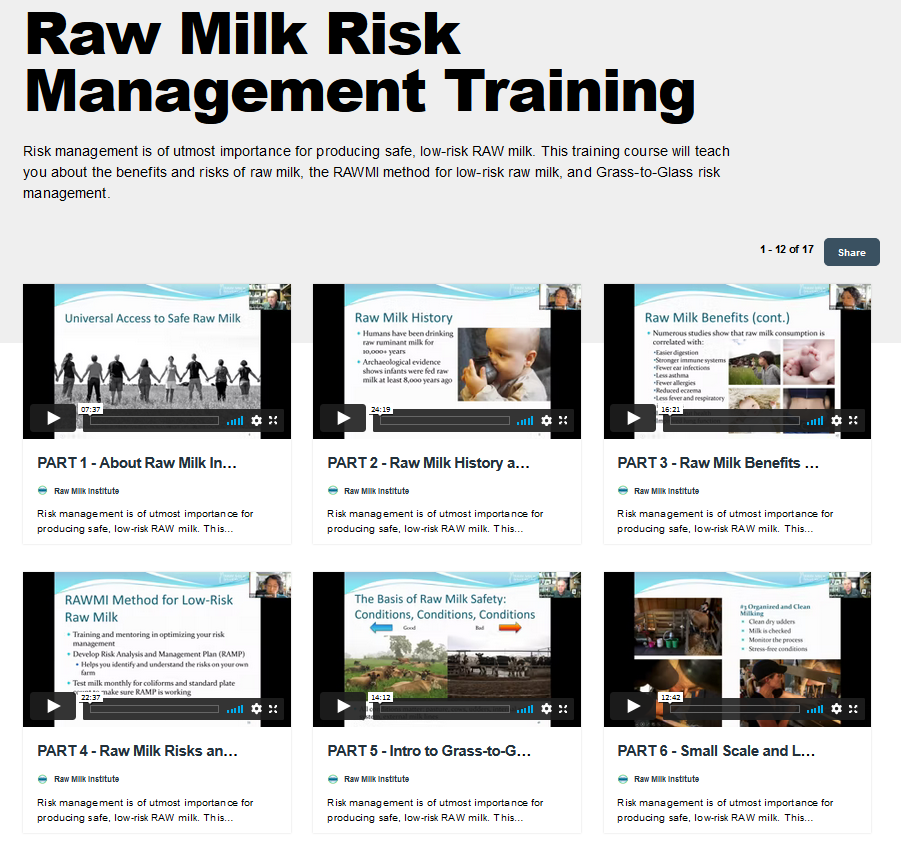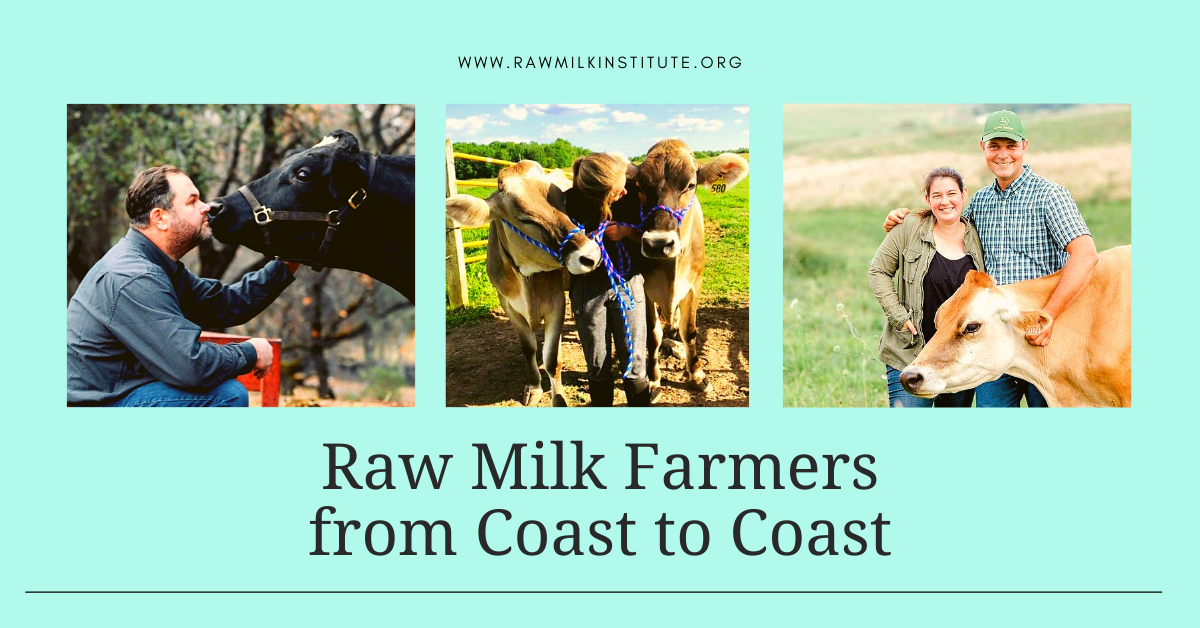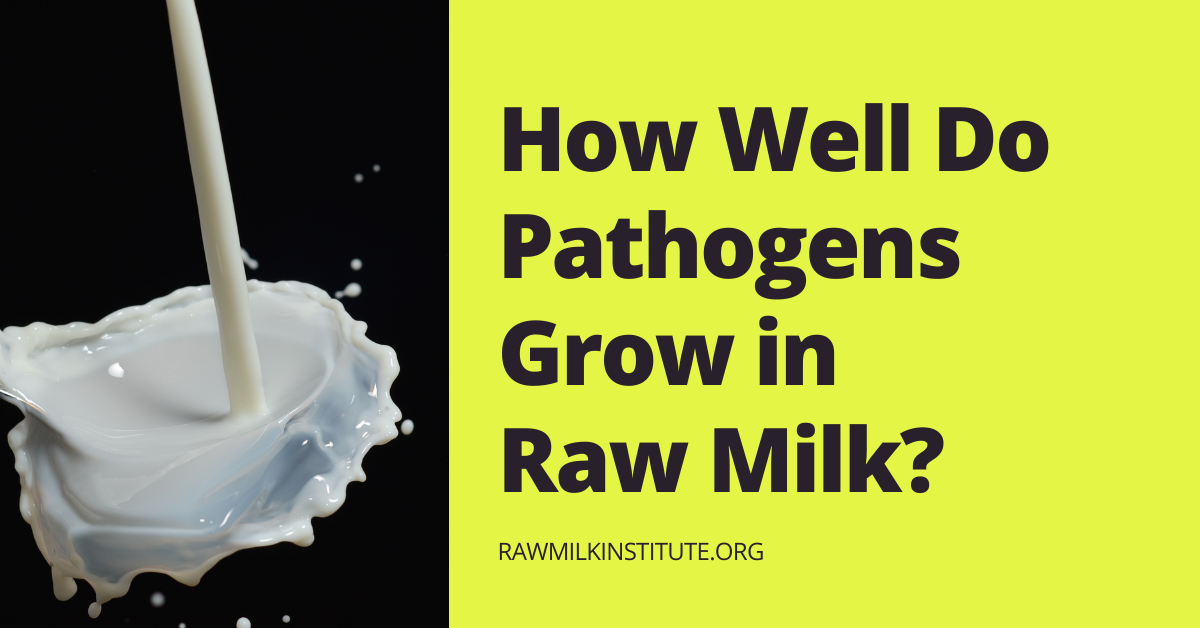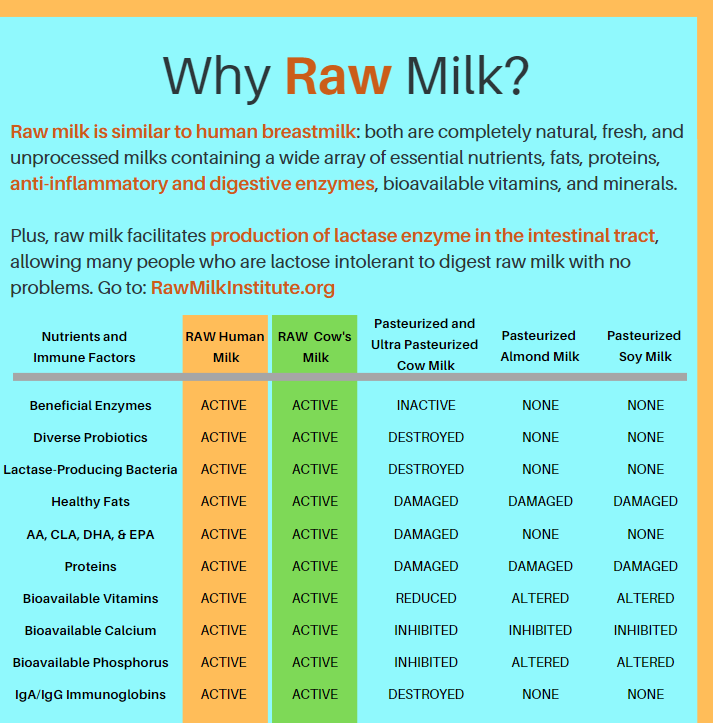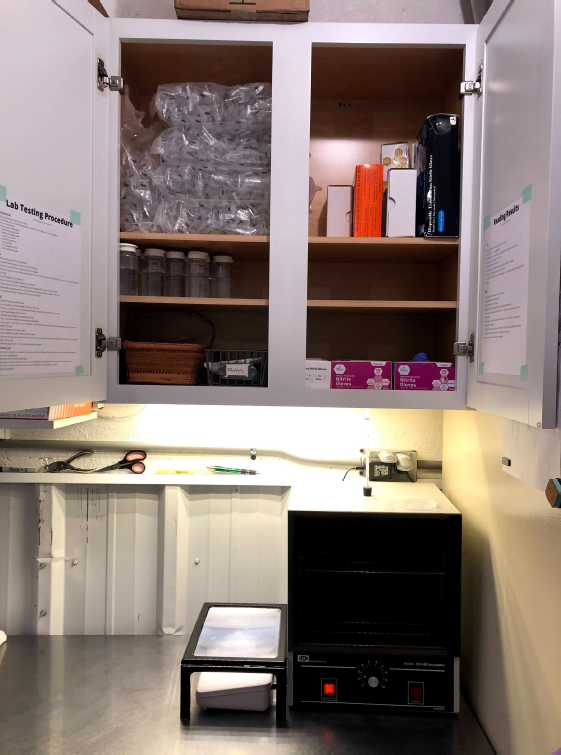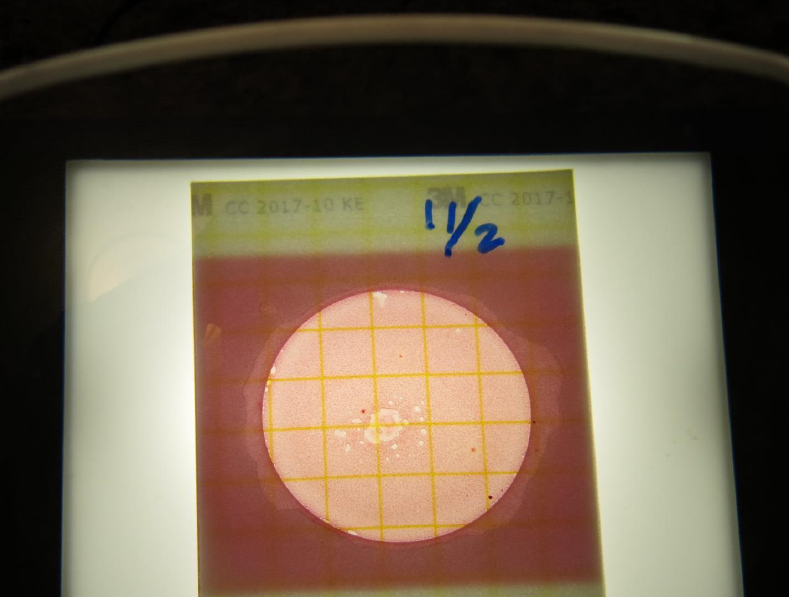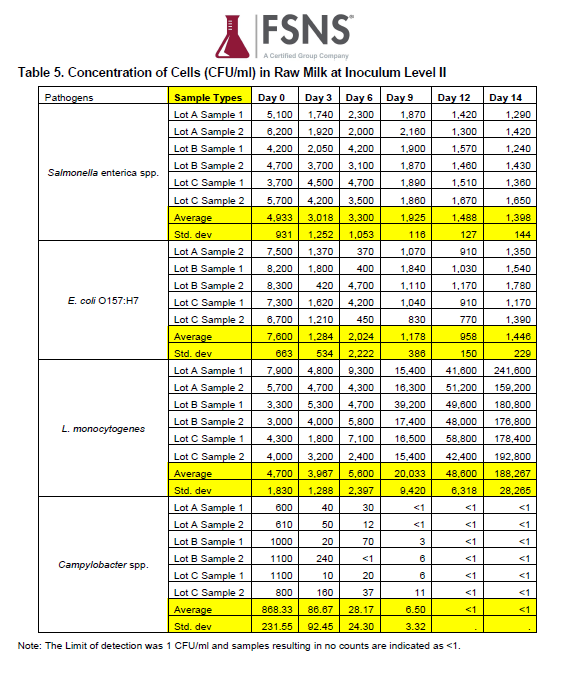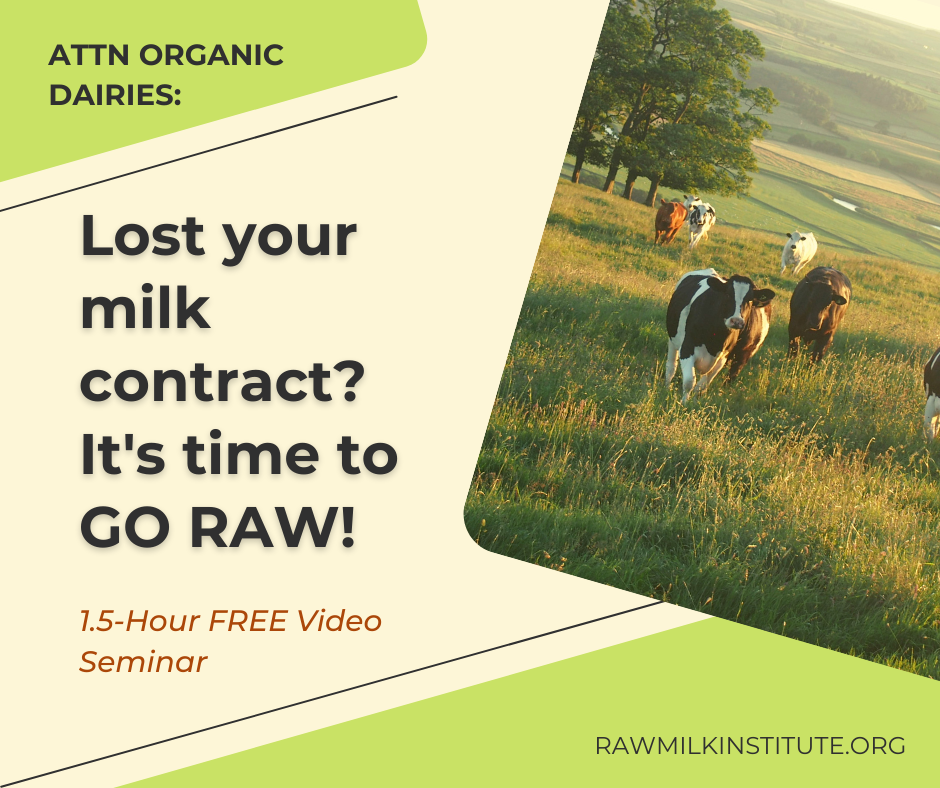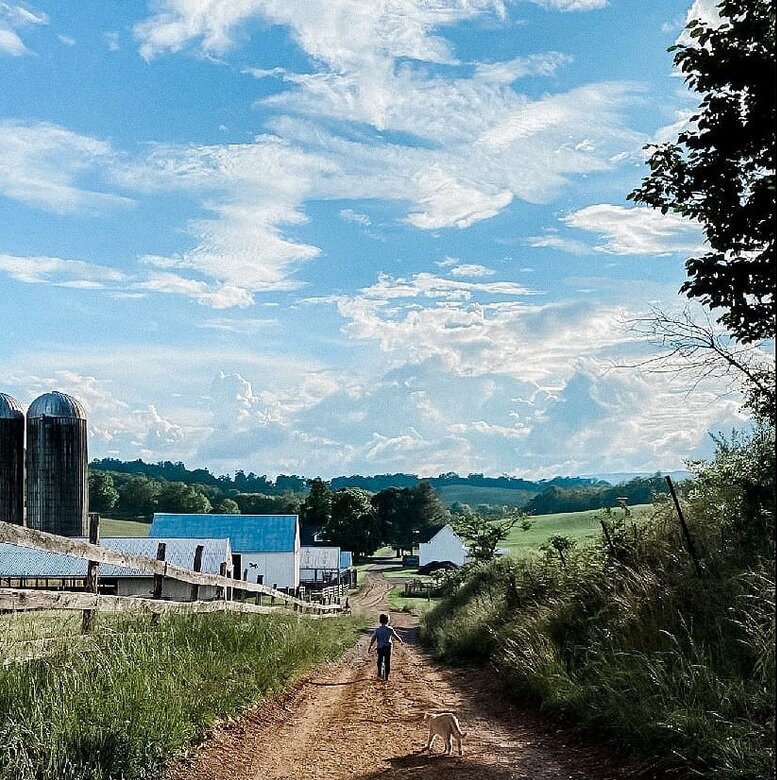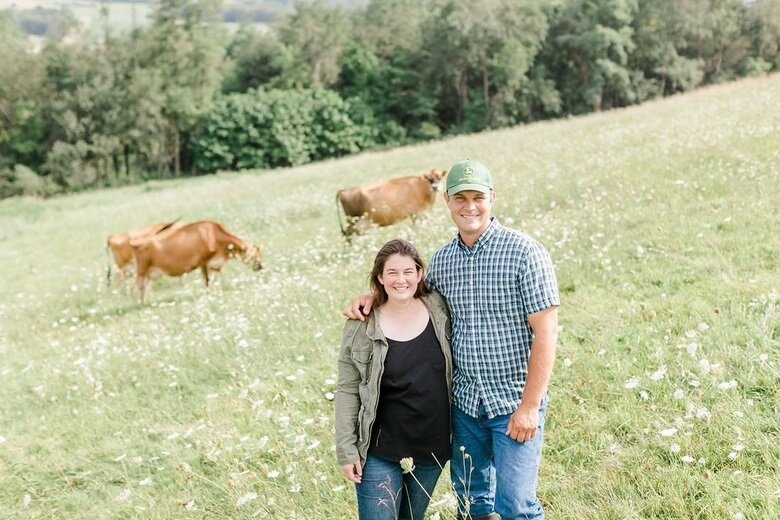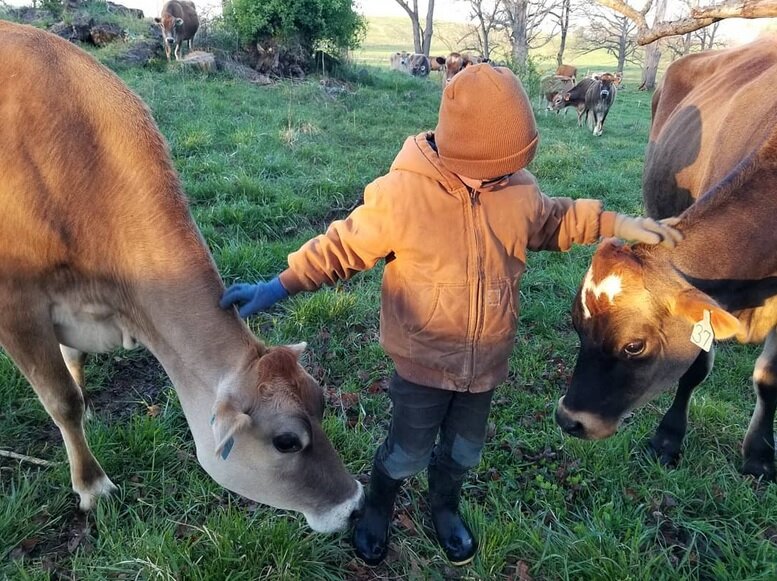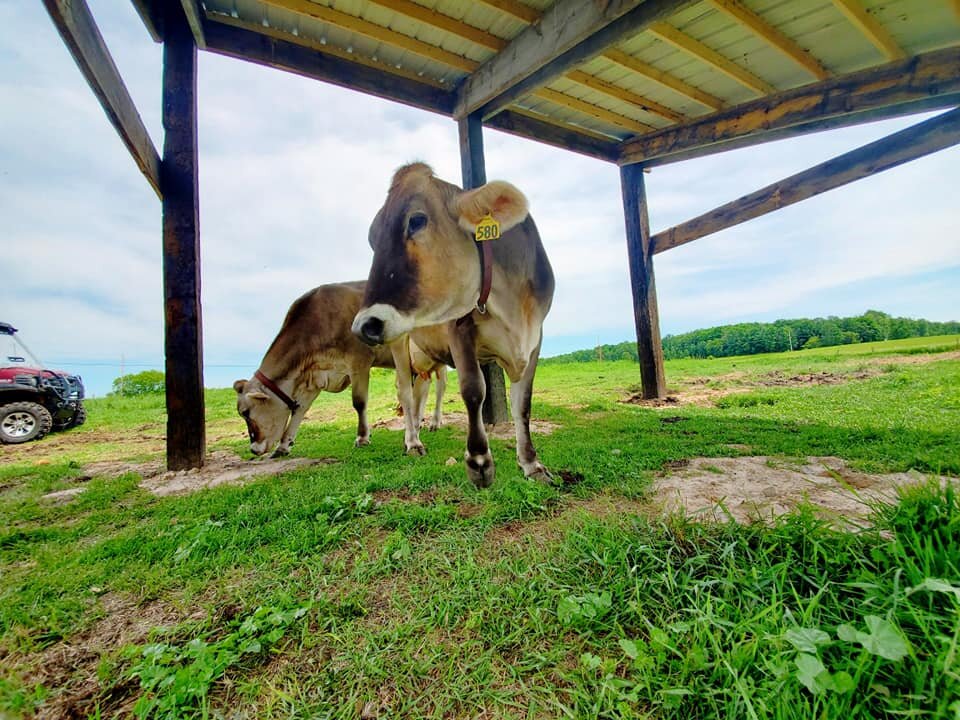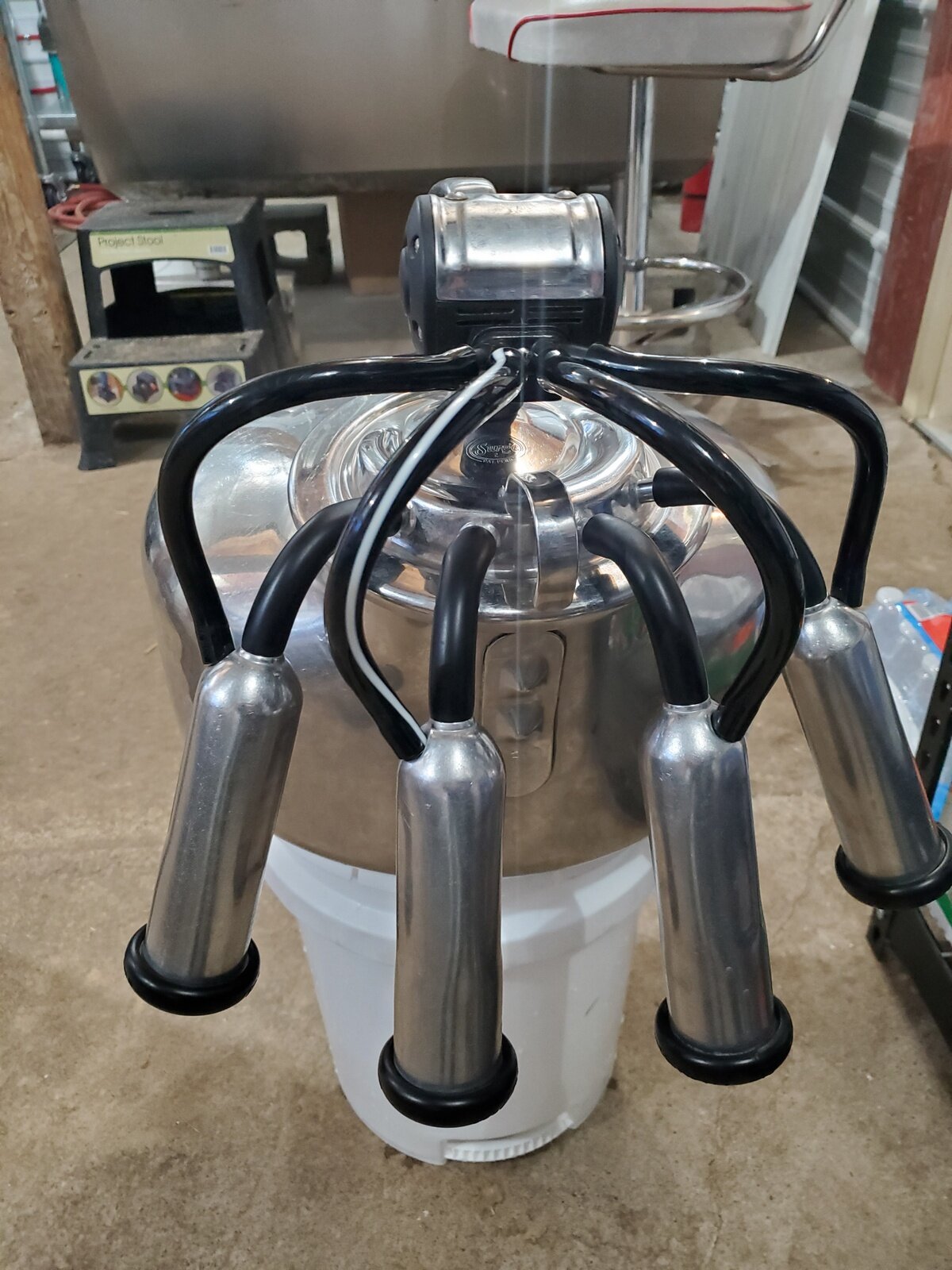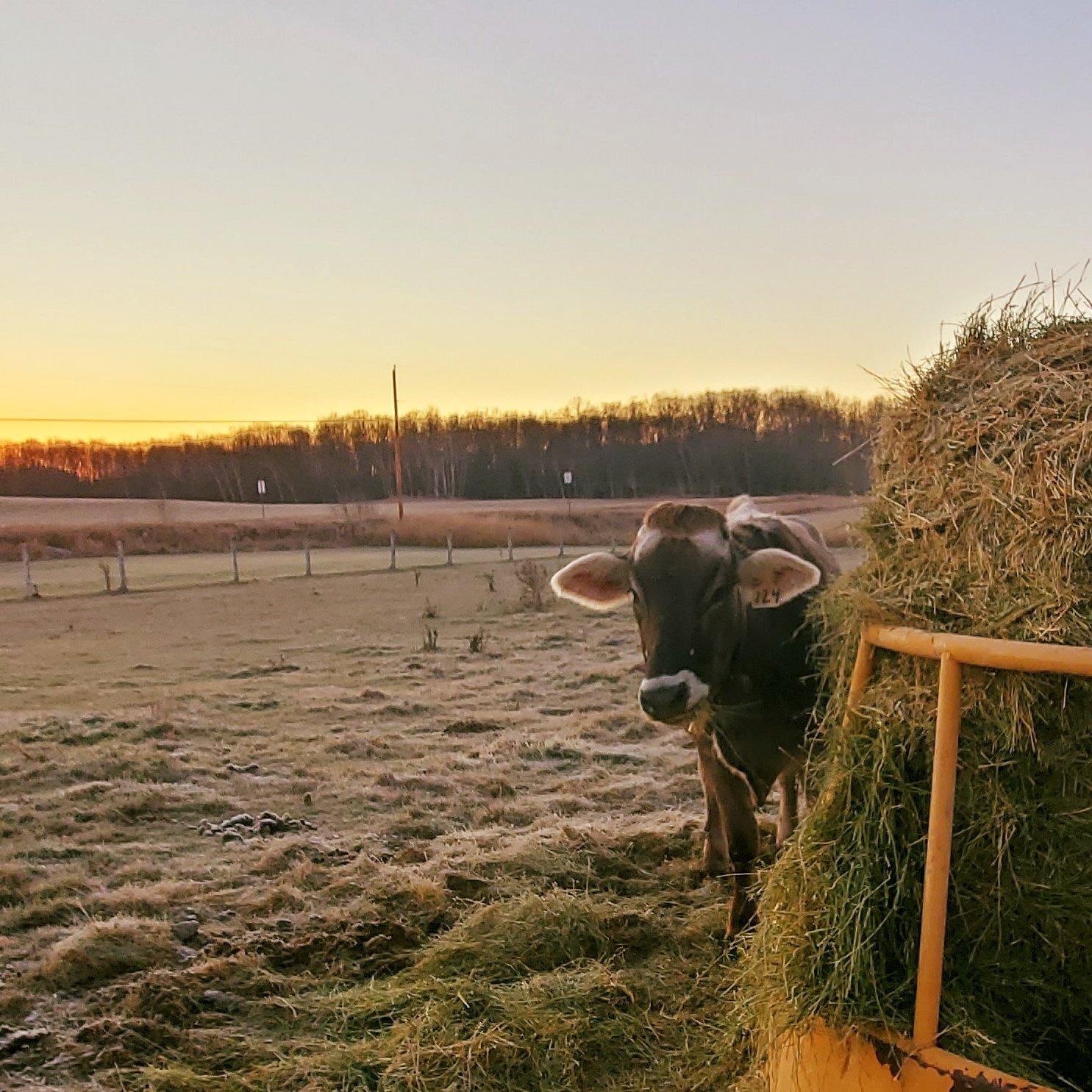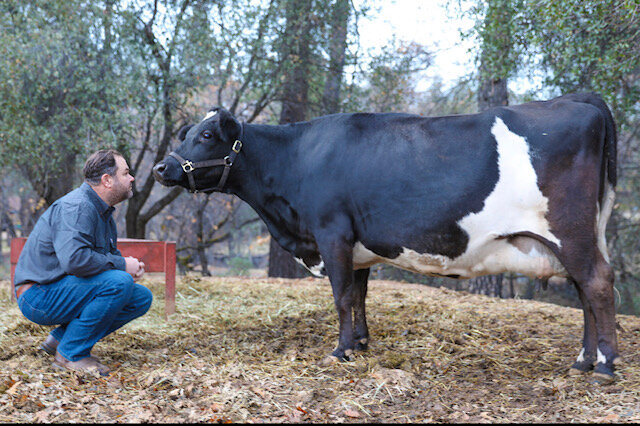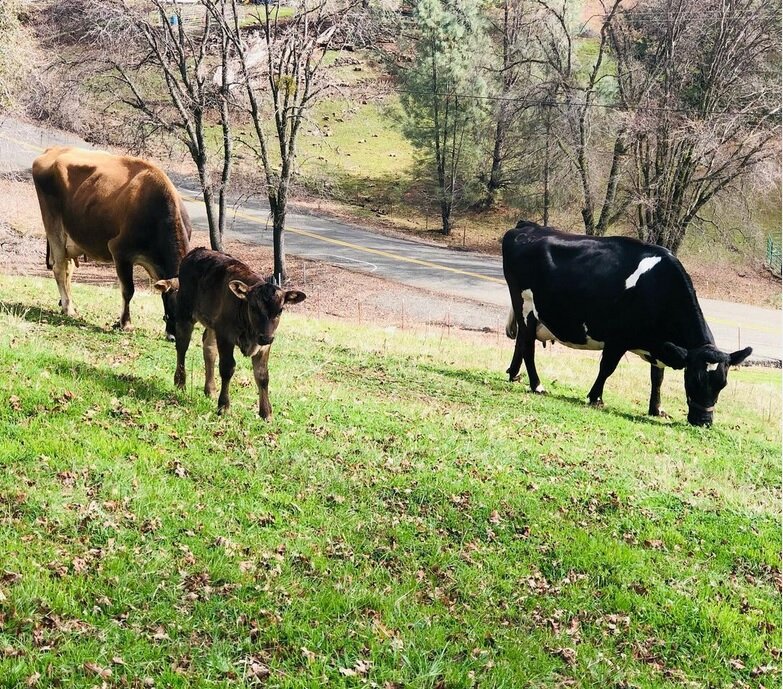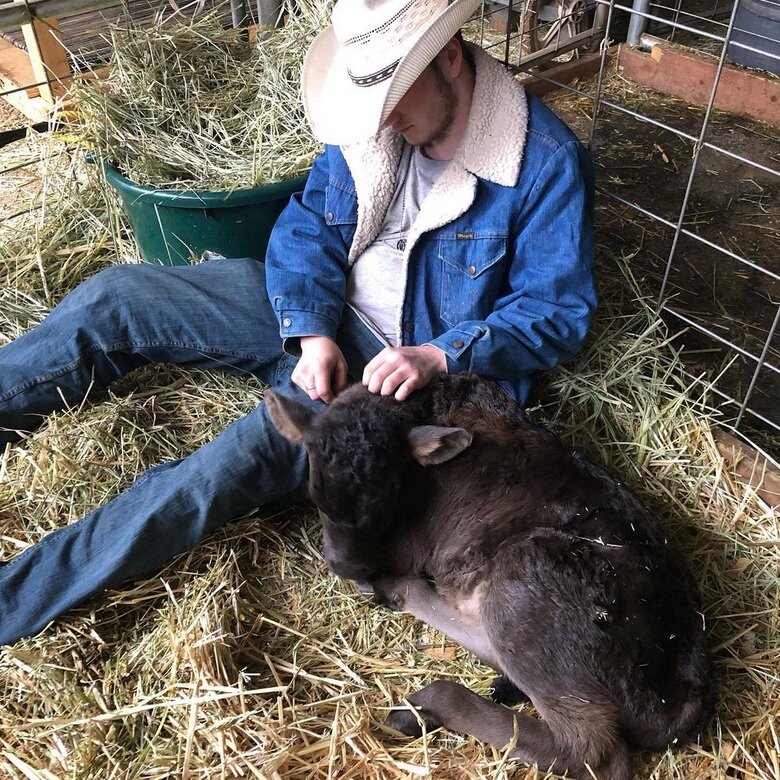The Raw Milk Institute (RAWMI) sends a warm welcome to two more farmers who have joined our Listing program! RAWMI offers free mentoring to all dairy farmers. Whether they are milking one cow, a handful of goats, or a large herd, the principles of safe raw milk production form a foundational toolset that benefits all dairy farmers and their customers.
Some of the farmers we mentor choose to keep it casual, and are satisfied to just ask us a few questions before continuing their raw milk journeys. There is another set of farmers, though, that is not content to just dip their toes in the water; they want to dive right in and take their entire milk process to the next level.
For these farmers, we offer our (free) RAWMI Listing program, wherein we assist farmers in developing their own unique on-farm Risk Analysis and Management Plan, documenting their processes with written Standard Sanitary Operating Procedures, and identifying the Critical Control Points that are essential to their production of safe raw milk. RAWMI Listed farmers test their milk at least monthly for ongoing assurance that their processes are working well to produce low-risk raw milk. RAWMI Listing is the gold standard for raw milk producers.
Two farms have recently completed the RAWMI Listing process, and we extend them a warm welcome into our growing community!
Milk House Farm – Herd Share in Corunna, Michigan
Maggie Kirkman is a city-girl-turned-farmer after hatching chicken eggs with her kids for a home school project. When Maggie found out that her HOA didn’t allow chickens, her family moved to the country. The farm fresh eggs were so good that the Kirkman family decided to raise pigs, pastured poultry, beef, and finally a milk cow. Maggie saw the health of her family improve with every real food change they implemented. So, when they moved to her husband's vacant family farm in Michigan, the animals went along, too.
Milk House Farm is committed to providing safe, ethical, and nutrient dense foods for their family and community. Maggie milks 4 beautiful Jersey/Guernsey cows, who live their best life as they are rotationally grazed through pastures and enjoy farm-grown hay during the colder months. Maggie utilizes a RAWMI-sponsored on-farm lab to test her milk frequently and ensure that her milk is low-risk, safe, and delicious.
McIntosh Ranch – Farm Store and Delivery in Avon, Montana
Bobbi McIntosh was a nurse in the Air Force when she started studying nutrition and preventative medicine. Her love for nutrition and animals led her to start a micro dairy so she can share the health benefits of fresh raw milk with her family and community. Bobbi’s farm is the first dairy in Montana to become Listed by RAWMI.
Bobbi lives on the beautiful and historic 9000+ acre McIntosh Ranch. This ranch was established in 1892 on land that was originally granted as part of the Homestead Act of 1862. Nowadays, most of the ranch is used to raise beef cattle and Bobbi uses ~80 acres for her dairy cows. Milk testing is a cornerstone of RAWMI’s risk management strategy for low-risk raw milk, and RAWMI sponsored an on-farm lab for Bobbi to allow her to test her milk frequently.





